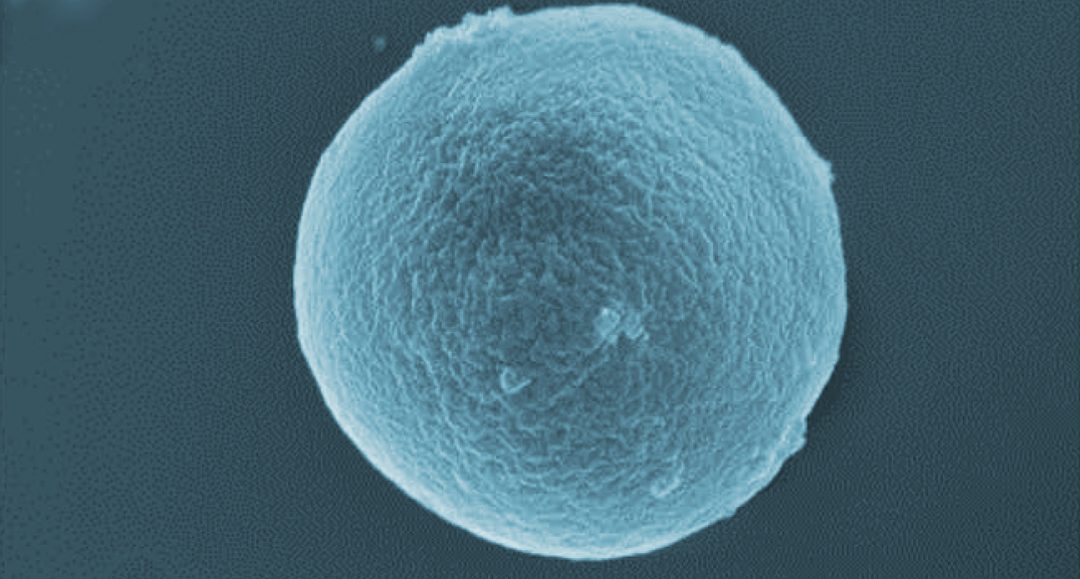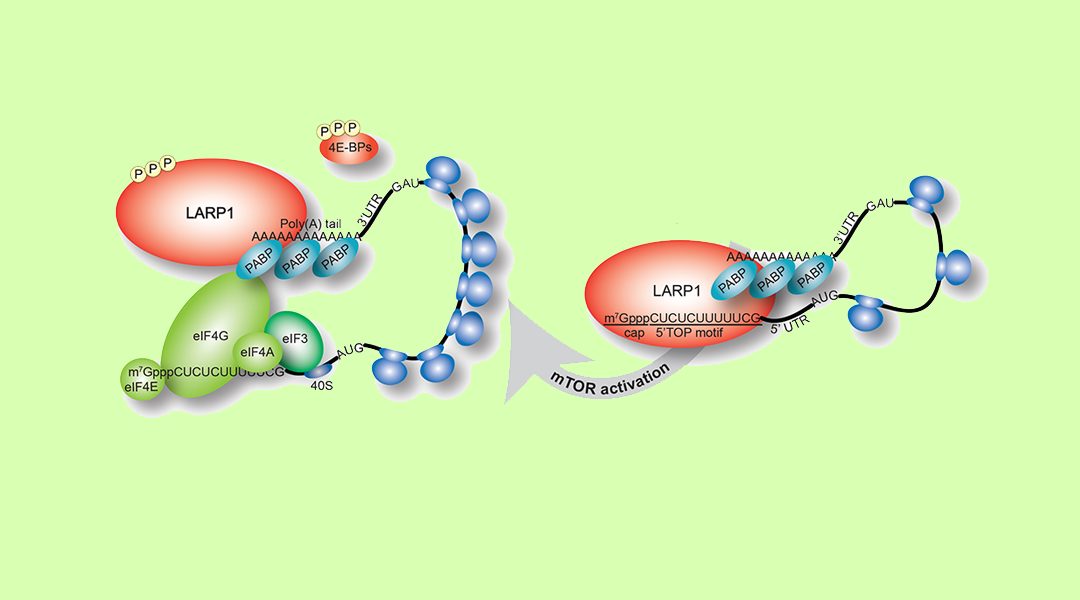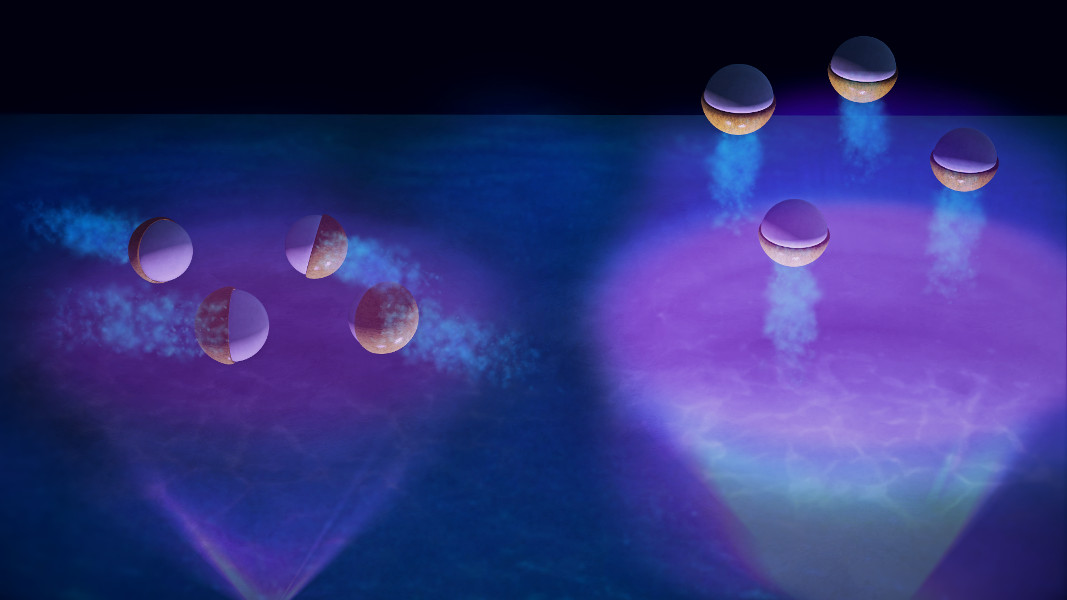New magnetically-activated drug delivery systems offer a potentially more effective tool to fight tuberculosis


New magnetically-activated drug delivery systems offer a potentially more effective tool to fight tuberculosis

The Journal of Polymer Science Innovation Award is now in its seventh year, and we are delighted to honor Rachel O’Reilly.

Ribosome production is a considerable energy investment for the cell—rRNAs and ribosomal proteins (RPs) are among the most abundant classes of RNAs and proteins—and their production must, therefore, be synchronized temporally and stoichiometrically to ensure efficient ribosome assembly.

OLEDWorks partners with BASF to introduce new OLED lighting technology with high efficiency and high flexibility.

Artificial photochemically-active microswimmers, with 2D or 3D swimming behavior, can also swim against gravity.

A true invisibility cloak would encompass an object, and manipulate light, in a manner such that it traveled around the object, rather than reflecting off it. A recent paper reports some exciting progress toward such a design.

IR-driven transfer of plasmon-induced hot electrons in a nonmetallic branched heterostructure, by combining ultrafast transient absorption spectroscopy with theoretical simulations, is demonstrated for the first time.

The Max Planck Institute of Colloids and Interfaces mourns for the loss of a long-standing founding director.

Replicating the hollow structure of polar bear hairs allows an insulating material to provide thermal management with stealth applications.

A team of North American researchers demonstrated a label-free and more direct way to observe and quantify microvascular and metabolic healing mechanisms, and the biological response to a topical treatment, utilizing a multimodal microscope equipped with OCT and FLIM.